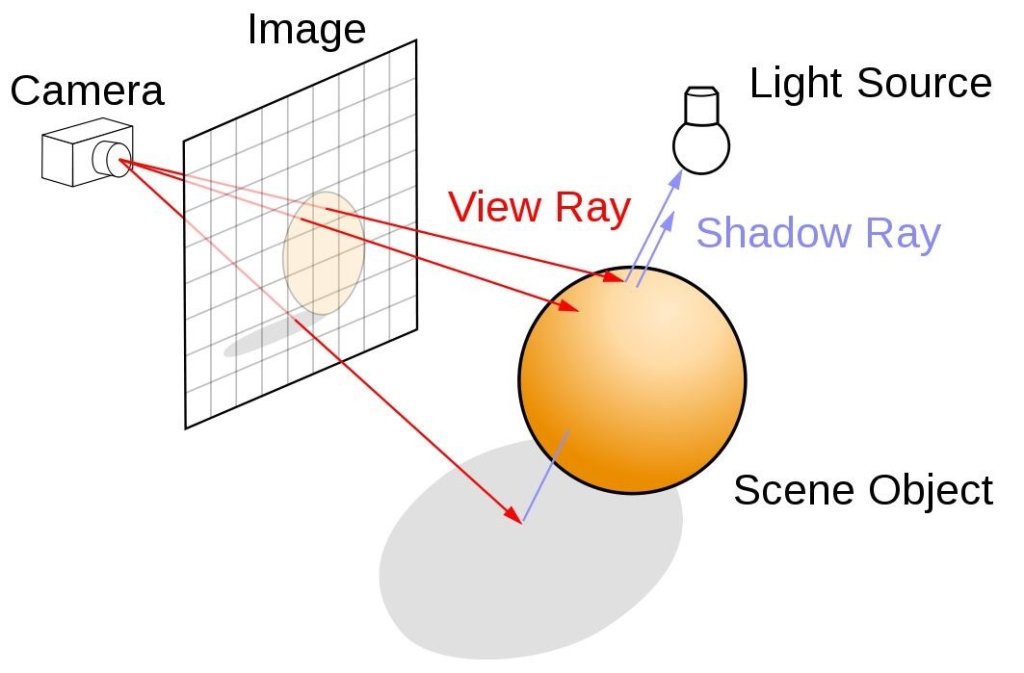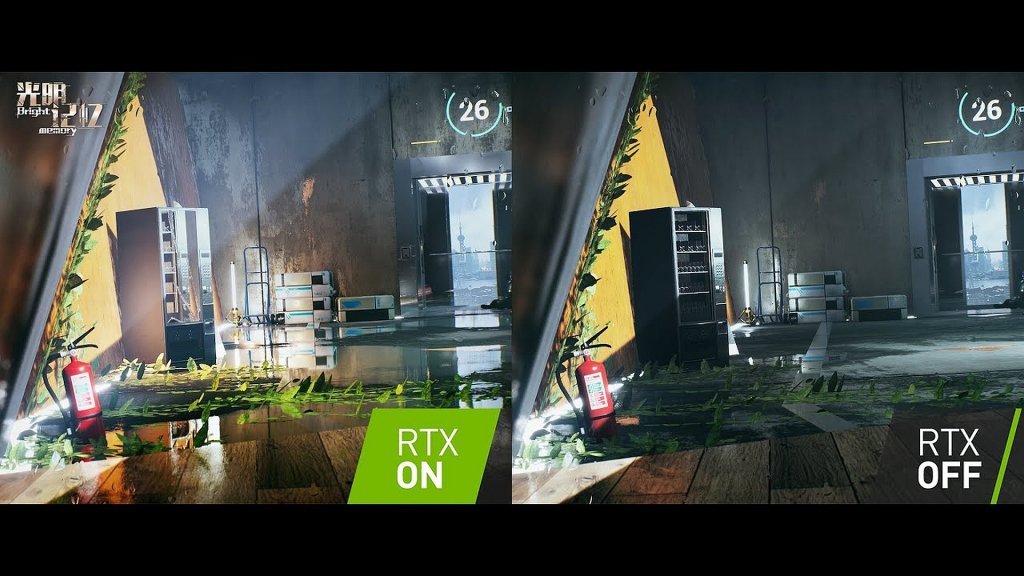Ray tracing is a rendering technique used in computer graphics and is used to simulate the interaction of light with objects on the stage. This technique creates realistic images by following the path of light rays in a virtual environment, interacting with surfaces, materials and light sources. Ray tracing aims to produce highly accurate and visually realistic images by mimicking the behavior of light in the real world, taking into account effects such as reflections, diffraction, shadows and global illumination.
In the world of games and animation, ray tracing technology has become an important development, which greatly improves the visual quality and realism of scenes. Here is how ray tracing technology is used in these areas:

1. Realistic Lighting: Ray tracing can accurately simulate lighting effects such as reflections and shadows, which provides a more immersive and visually appealing experience for gamers and viewers.
2. Reflections and Diffraction: With ray tracing, surfaces can accurately reflect their surroundings, other objects, light sources, and even dynamic elements. Diffraction, which is the bending of light as it passes through transparent materials such as glass or water, is also accurately simulated.
3. Shadows: Ray tracing creates realistic shadows by taking into account direct and indirect lighting. The shadows are soft and natural-looking, which adds depth and dimension to the scenes.

4. Global Lighting: Global lighting is a form of indirect lighting of other stage parts by reflecting light from surfaces. Ray tracing can simulate this effect, which allows scenes with more realistic and subtle lighting interactions.
5. Ambient Occlusion: Ray tracing can simulate the way ambient light is blocked by nearby objects, which improves depth perception and realism.
6. Materials and Textures: Ray tracing allows you to accurately represent the reflective and refractive properties of materials, such as the brightness of metal or the transparency of glass.
7. Dynamic Scenes: Real-time ray tracing technologies are being developed to bring reflection and lighting effects to dynamic and interactive scenes such as video games. This allows for realistic lighting and reflections to be achieved even in situations where objects are moving and the scene is changing.
8. Cinematic Rendering: Ray tracing is used to create cinematic-quality visual effects for movies, TV series, and animated productions.

It should be noted that ray tracing can be computationally intensive, meaning that it may require significant processing power to achieve real-time results, especially in complex and detailed scenes. However, advances in hardware and software optimization are constantly improving the usability of ray tracing, even in interactive applications such as video games.
In recent years, graphics cards and game engines have begun to adopt real-time ray tracing, which allows game developers and artists to create visually stunning and extremely impressive experiences that previously could only be achieved with offline rendering.
Source: https://tech4gamers.com/ray-tracing/
0 Comments